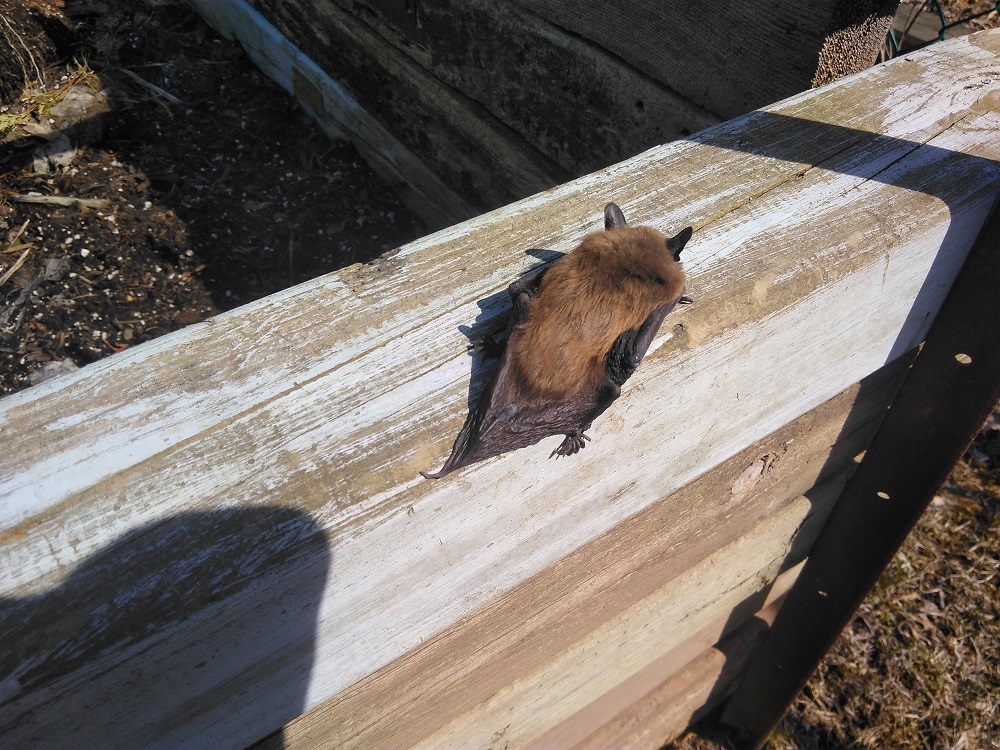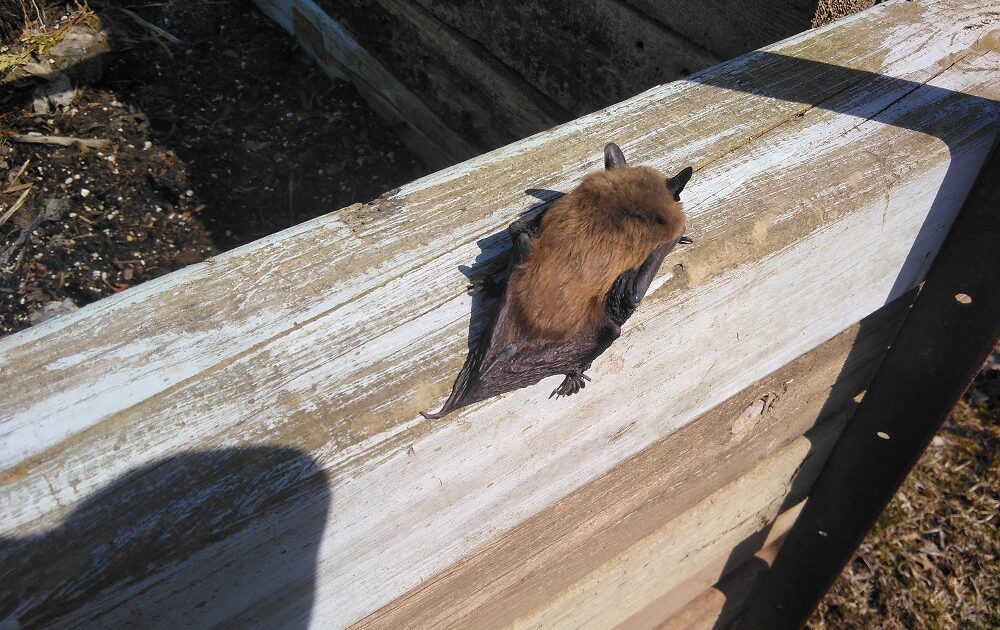Though it sounds strange to say, many homeowners do not view bats as a problem. In most situations, they are not. Bats benefit the environment in multiple ways. From pollinating flowers to transporting seeds to controlling insect populations, there are many ways the small critters benefit the environment. Moreover, unless one gets into your home, bats pretty much keep to themselves, making them a very good problem to have — at least, in most cases.
Last August, two rabid bats were found in the Halton Region. Though there is little risk of residents coming into contact with a rabid bat — the Halton Region Health Department puts it at around 2% to 3% — the risk is there nonetheless. If you discover a bat population in or around your home, protect yourself, your loved ones and your pets by contacting animal control Oshawa right away.
Rabies in Bats Is Difficult To Spot
In most creatures, from skunks to raccoons to dogs, rabies is fairly obvious. Foaming discharge from the eyes and mouth, a staggering gait, wet and matted hair, erratic wandering and self-mutilation are all common symptoms of the disease. Unfortunately, bats show few to none of these signs, making rabies difficult to nearly impossible to diagnose in them without testing. If you see a bat, contact a wildlife removal company that can safely and humanely remove the creatures and bring them into a lab. If you or a loved one come into contact with a bat, you should go in for testing as well.
Signs of Rabies in Bats
As already mentioned, infection in bats can really only be confirmed in a laboratory setting. Clinical signs lab techs may look for include the following:
- Increased aggression and behaviour changes
- Disorientation and difficulty flying
- A staring expression
How Bats Spread Rabies
Rabies is spread through bats as it is through any other animal — through the saliva of an infected bat. Generally, spreading occurs when a bat bites a person or animal. However, if the saliva comes into contact with an open wound or the mucous membranes, such as the mouth, lips, nostrils, ears or eyelids, a person or animal may be at risk as well.
Health Risks of Rabies
Rabies is a very dangerous and often fatal condition for humans. Fortunately, there are vaccines that protect against rabies for both animals and humans. Moreover, if a person receives treatment soon after exposure, the disease is preventable. However, once signs of rabies appear, the condition becomes untreatable. In past human cases of the disease, it has been fatal.
Symptoms of rabies in humans differ from those in animals. Human symptoms include headaches, anxiety, fever, spasms of the swallowing muscles and difficulty breathing. In animals, rabies may present in the following ways:
- Increased aggression
- Fearlessness
- Excessive drooling
- Staggering
- Difficulty eating, drinking or breathing
- Seizures
- Self-mutilation
Though aggression is a common symptom of rabies, some animals may exhibit opposite behaviour and become uncharacteristically affectionate.
Removal and Prevention
Though you may appreciate your stow-away bat family for all the benefits it provides, allowing it to stay in your home is not worth the health risk to your family or your pets. Until and unless rabies becomes eradicated, you should take measures to remove bats from your home and keep them away. Skedaddle animal control Oshawa can adequately identify all points of entry for bats into your home, determine the phase of the breeding cycle in which the bats currently are and take steps to humanely remove the colony. Part of our process also involves cleaning out any contaminated material and clearing your home of droppings, carcasses and other materials that may pose a health hazard.
Once we have economically removed the bat colony from your home and cleaned out your spaces, we will take measures to ensure your home and family are protected against future infestation. Doing so involves filling and sealing the tiniest holes and gaps that lead into your house. Learn more about our bat removal services today.




